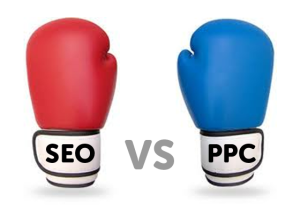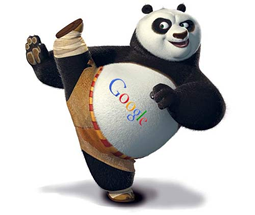The hidden power of alternative content marketing

Content marketing is a very powerful tool. It can be used to bring in new customers, retain existing customers, and help your brand to establish its authority. All in all, content can do a great number of beneficial things for your brand when it is marketed correctly.
Beyond the blog
There is more to content marketing than simply posting in a blog. Content marketing extends far beyond basic text content – if you want to reach as much of your market as possible, you will need to explore alternative types of content marketing. With different types of content you can appeal to people with different learning styles and those who prefer to receive information from sources other than plain text.
Why alternative content rocks
 For a visual learner there isn’t much that’s more difficult to get through than a wall of text, regardless of how much they need the information it contains. For someone who learns best when someone else is demonstrating a process, text isn’t going to do much good unless it is accompanied by images or a video of some kind.
For a visual learner there isn’t much that’s more difficult to get through than a wall of text, regardless of how much they need the information it contains. For someone who learns best when someone else is demonstrating a process, text isn’t going to do much good unless it is accompanied by images or a video of some kind.
Alternative content appeals to individuals like these as well as others with similar learning styles.
Examples of alternative content include:
- Infographics – An alternative to typical text-based content, an infographic can provide consumers with a more visually appealing representation of the information that they need. Infographics are ideal for visual learners and are well-suited to instances where the information that needs to be shared can easily be illustrated by a knowledgeable professional. Take for example the infographic below, the idea is to take a subject matter of expertise and create something unique and entertaining that has never been done before.
- Videos – Videos can attract consumers and can be used alone as well as in combination with test, images, and more. Videos appeal most to visual and auditory learners because they can simultaneously show and explain an idea. Video marketing is very popular, and there are even video search engines (think YouTube) to help locate just the right video for your needs.
Video: Why Use Video Marketing?
Alternative content allows you to diversify the content that you offer and broaden your brand’s appeal by reaching out to a wider audience. There is no more need to worry about alienating anyone by not providing the right kind of content; now you can build your audience with as much content as you can afford to create.
Your takeaway

In the early days of the internet there were no alternatives to plain text. The most that could be done at the time was basic formatting; text could be bold, italic, or underlined. Lists could be made, and text could be separated by headings and subheadings, but that was the extent of a brand’s ability to make their content stand out and be easier to consume.
Fast forward to today and there are so many more options than the early founders of the web might have ever dreamed of.
Now is the perfect time to invest in an alternative form of content and see where the experience will take you and your customers – who knows what your first infographic or video series will bring to your brand?

Our guest blogger, Kris Dietz, loves creating something amazing then spreading the word about it! My mission is to develop and mold SEO into an amazing outlet of sharing valuable resources. I enjoy networking and meeting like-minded individuals.





